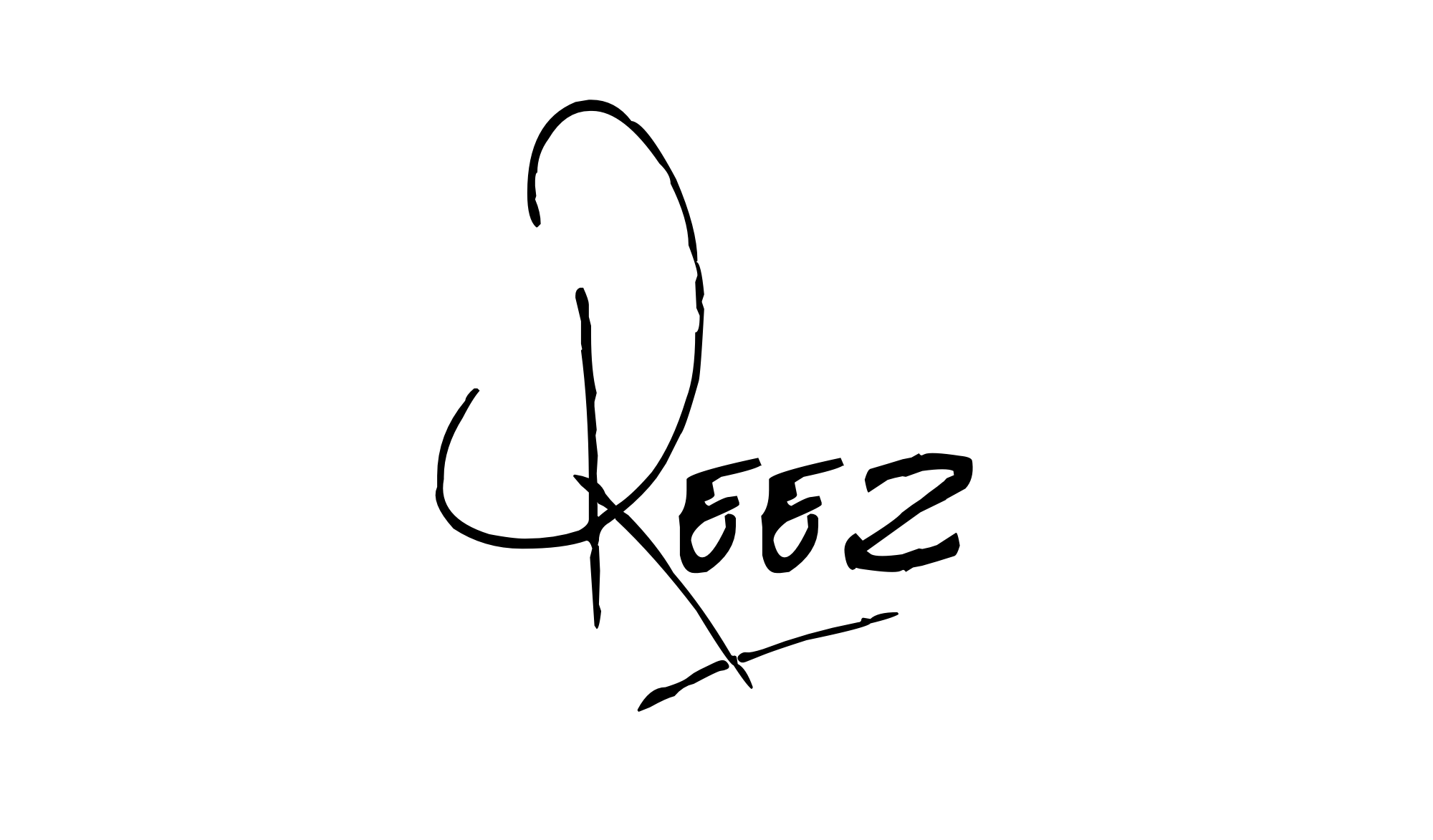TRACE
Using the typeface Sabon, I printed an upper and lower case alphabet on 11 x 17 tabloid laser paper so the lowercase x (the x-height) is nine picas high (1.5 inches), the height of the caps will follow. 26 Uppercase letters A–Z + ampersand and 26 lower case letters a–z. I Adjusted my leading to fit U&lc on two sheets of 11 x 17 tabloid. Repeated the process for eight core fonts: Baskerville, Bodoni, Clarendon, Gill Sans, Helvetica, Futura, and Rockwell. Traced these alphabets onto tracing paper— perfectly!
DRAW
Chose a typeface from our list—based on a specific æsthetic aspect of its design that appeals to me.
In my sketchbook, I drew a minimum of ten 4 x 6 inch boxes, drawing the character freehand to fit the boxes. I practiced until I could draw it perfectly. You have to pay special attention to the letterform proportions.
CARVE
After tracing the best image onto tracing paper with a soft pencil, I now have to reverse the tracing paper onto the carving block and burnish the back of the paper until my image is transferred onto the block. The carved letterform could either be a positive or negative image. Using the finest #1 blade in the carving tool I outlined the image. I carefully removed the material. No need to cut deep. Blocks are somewhat fragile so handling with care is key.
PRINT
After inking the image with the brayer I rolled out an even layer of ink onto the block. Trying not to over-ink. I then placed the block ink-side down onto the print paper and apply light but even pressure all-over the block. Pulled the block off the print slowly and ENJOYEEEEED what I call the eureka moment—the second a student views the print they just pulled!
